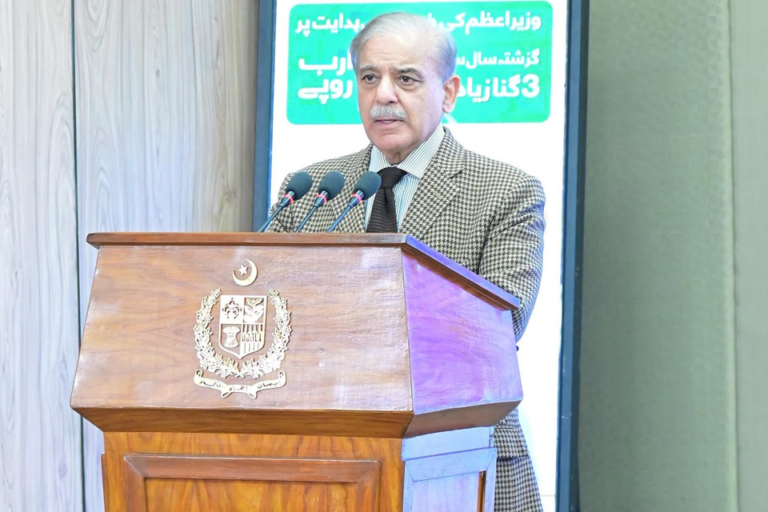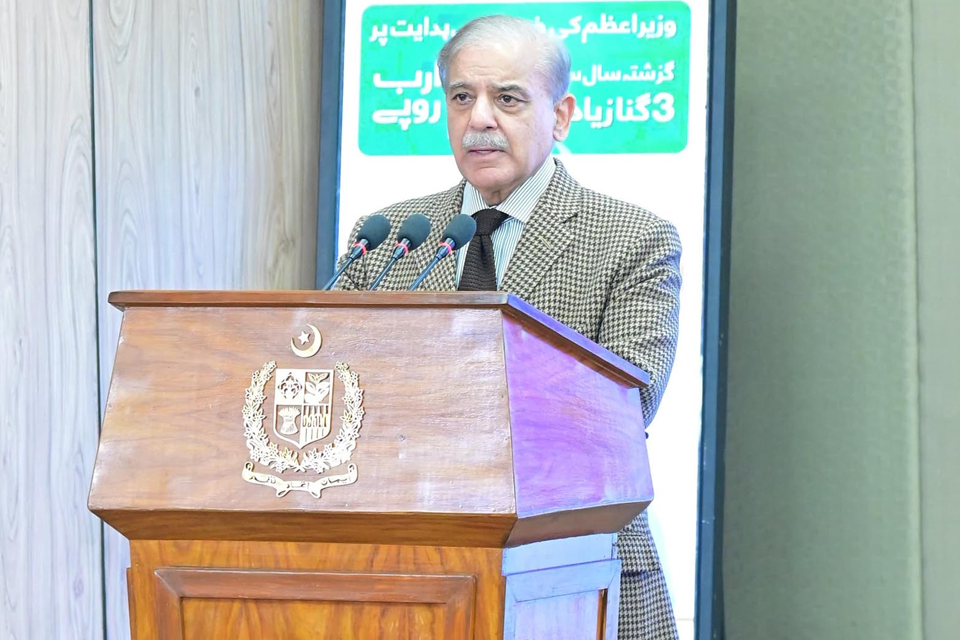A recent discovery in the Indus River near Attock, Punjab, Pakistan, has uncovered large gold deposits. Experts from the Geological Survey of Pakistan (GSP) estimate the reserves at 32.6 metric tonnes, worth Rs. 600 billion. This discovery has created significant excitement, offering hope for Pakistan’s struggling economy.
The deposits were formed over centuries as water from northern mountains transported gold particles downstream. These particles settled in the riverbed, creating placer gold reserves. The richest deposits are concentrated along a 32-kilometer stretch in the Attock district.
Since the news broke, locals have rushed to the area, trying to extract gold with basic tools. Many take advantage of low water levels during the winter. This unregulated activity, however, poses risks to the environment and the river’s ecosystem.
To address this, the Punjab government has imposed Section 144, banning illegal mining. Officials are also planning additional measures to manage extraction and protect the reserves. Partnerships with private mining firms and international experts are under consideration.
This discovery could provide much-needed relief for Pakistan’s struggling economy. It could boost foreign reserves, create jobs, and reduce reliance on foreign loans. However, experts stress the importance of careful resource management.
The government is urged to create legal frameworks for mining operations. Attracting foreign investment and ensuring revenue benefits local communities are also priorities. Properly managed, the reserves could help stabilize Pakistan’s economy.
Environmentalists warn that large-scale gold mining could damage the river’s ecosystem. Unchecked operations may disrupt the river’s flow, harm aquatic life, and erode nearby soil. Sustainable mining practices are essential to minimize these risks.















